Hemp houses
min. reading
Buildings from hemp? It sounds like an abstraction, but it turns out to be another application of this exceptional plant that has enormous potential. Although we’ve known about hempcrete, a building material made from hemp and building lime, since the 1980s, building with hemp is still a rather unconventional method. The use of a mixture of hemp hurds and lime applied as filling in a wooden structure has been gaining increasing interest in recent years. This is not without reason, as the world seeks more environmentally friendly solutions in almost every industry in the face of the climate crisis, and hempcrete is, above all, 100% biodegradable. “Hempcrete” has an incredibly high thermal insulation coefficient, as well as many other advantages detailed later in the article.
Table of Contents
History of hemp construction
Building with hemp may seem like a recent discovery, but archaeological research reveals that hemp was used as a building material in ancient times. Gauls built bridges and residential buildings from this raw material. The current popularity of hemp construction in Japan dates back many years, as hemp was known in these areas even before Christ. In the village of Nagano, a historic hemp house stands to this day, built in 1698.
Contemporary hemp construction emerged in the mid-1980s in France, a country that currently has the largest hemp cultivation in the European Union. The Champagne region is known for buildings with wooden frames filled with a mixture of rubble, straw, and lime. Located in Nogent sur Seine, in this French province, “La Maison de la Turque” is a building where hemp hurds were first used to fill gaps in a wooden structure. The idea was conceived by Charles Rasetti and realized in 1986. The first hemp building in Poland was erected by the Poznań University of Life Sciences in 2016 as a construction experiment.
What is hempcrete?
Hempcrete is a biocomposite, a mixture of hemp hurds (the inner woody fibers of the hemp plant) and building lime. These two components are mixed with water either mechanically or manually at the construction site. Concrete blocks are formed from this mixture, or alternatively, the mixture fills formwork on the walls of a wooden structure. The plant pieces should be about 15-20 mm long, but the mixture proportions can vary depending on the intended use of the final building material. These proportions are adjusted by changing the mix of ingredients. Only in the case of, for example, floor panels is sand added to increase the compressive strength of hempcrete. It is called “concrete” because it combines a binder with a filler and also because the material gradually hardens. Due to carbonation, the lime becomes harder each year until it eventually turns into limestone.
Characteristics of hempcrete
The main characteristic of hempcrete is its high vapor permeability and hygroscopicity. This can be disadvantageous when used for external insulation, as it may lead to moisture accumulation on the walls and, consequently, the growth of mold and mildew. However, due to the exceptionally high thermal insulation of hempcrete and its alkalinity resulting from the use of lime in the mix, a hemp house breathes and removes moisture without losing heat. Additionally, a hemp house removes harmful substances, such as formaldehyde found in some furniture, from the indoor environment. The combination of these properties creates extremely favorable living conditions for humans. Hempcrete is not intended for use as a load-bearing element due to its low strength, but it works exceptionally well as filling for the walls of a wooden structure. Moreover, hempcrete undergoes 100% decomposition after the demolition of a building.
Advantages of building with hemp
The health benefits of hempcrete mentioned earlier are just the beginning of a long list of advantages of hemp buildings. It has a negative carbon footprint, directly resulting from the sequestration of a large amount of carbon dioxide from the atmosphere during the plant’s growth. Although the production of lime releases some CO2, it does not exceed the amount absorbed by the plants throughout the entire growing season. Additionally, a finished hempcrete building continues to absorb CO2 from the atmosphere through carbonation for decades. In addition to its extraordinary thermal insulation, which improves living conditions inside the building (warm in winter and cool in summer) and leads to energy cost savings, hempcrete has high acoustic insulation parameters. In Ukraine, a leader in hemp building construction, it is common to build music studios from this material. Another advantage is that hempcrete is practically non-flammable and flexible, making it suitable for building in earthquake-prone areas. Due to the material’s high alkalinity, it is also exceptionally resistant to mold and mildew, which are significant issues in Polish construction.
Disadvantages of hempcrete
The main disadvantage of hempcrete is its compressive strength, which is much lower than that of traditional concrete. Hemp-lime composite is not intended to be load-bearing; it simply cannot support the weight of a roof. Research on hempcrete indicates that its compressive strength is a maximum of 1 MPa (while brick strength is a minimum of 3.5 MPa). Ongoing research aims to increase the strength of this building material by adding additional components to the mixture. By supplementing it with Portland cement, the compressive strength after about a month reaches 32.5 MPa, offering hope for increased possibilities in hemp building in the future.
Limited availability of hempcrete
Another negative aspect of building with hemp is the limited availability of the material. Hempcrete is still not a very popular building material, especially in Poland, affecting its limited resources. However, over the last decade, the situation has changed significantly, with dozens of residential buildings with wooden structures filled with hempcrete now existing. Material availability is also linked to its price. Although it is still lower than that of conventional materials, taking into account the low cost of industrial hemp cultivation and the price of lime, hempcrete should be much cheaper. Mainly due to the strict laws regarding industrial hemp cultivation in Poland, the plant is still not widely available. Additionally, the VAT on hemp hurds has been increased from 8% to 23%. The hope lies in the growing interest in hemp construction. Increased demand will likely lead to the emergence of more companies investing in this developing sector. The question is how quickly the authorities will react to market changes and when there will be simplifications in official procedures for obtaining permission to grow industrial hemp. We can only hope that, upon recognizing additional revenues for the state treasury, appropriate changes in the law will be introduced.

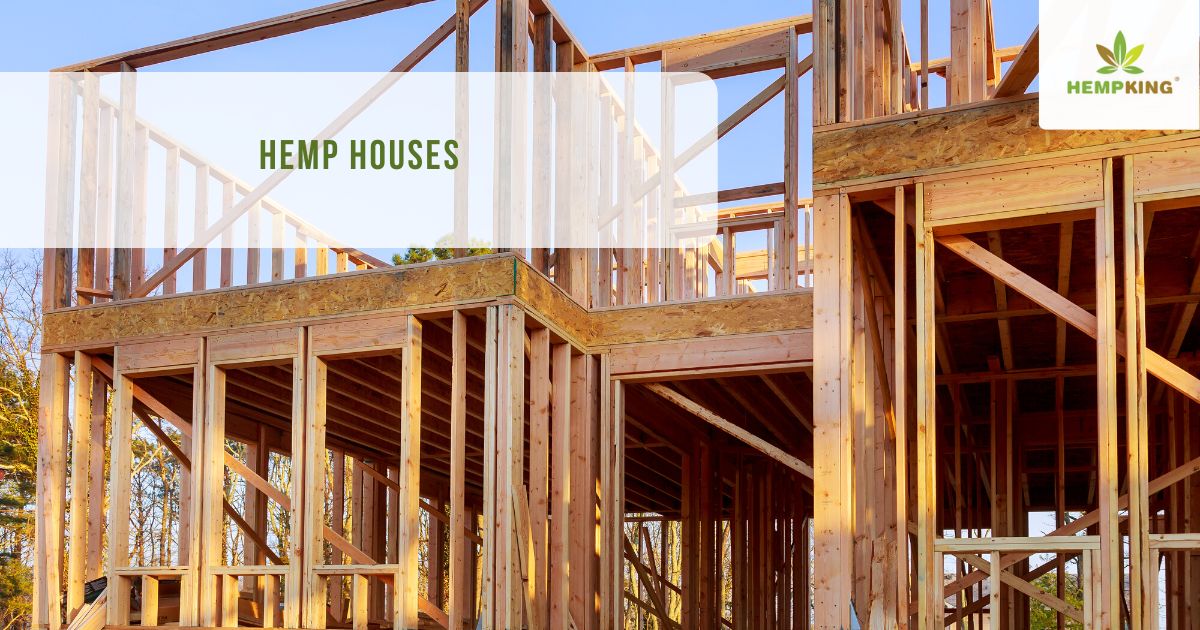

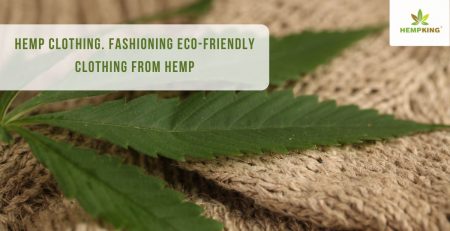
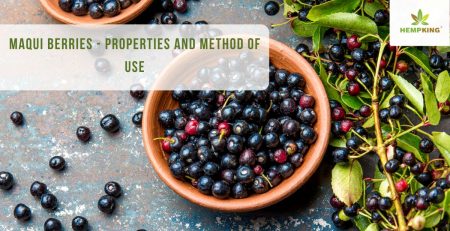
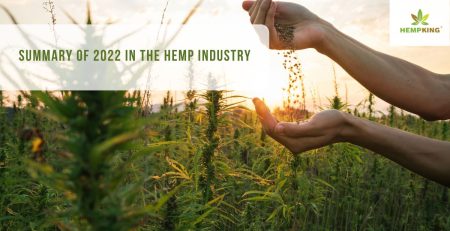
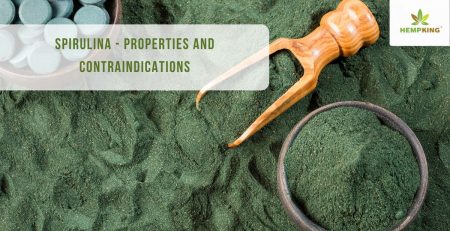

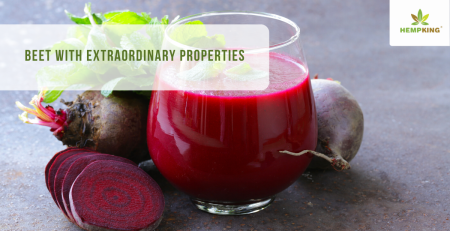



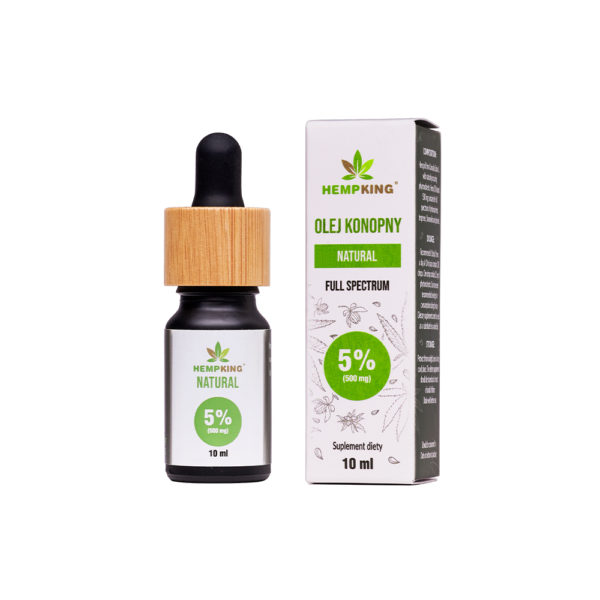
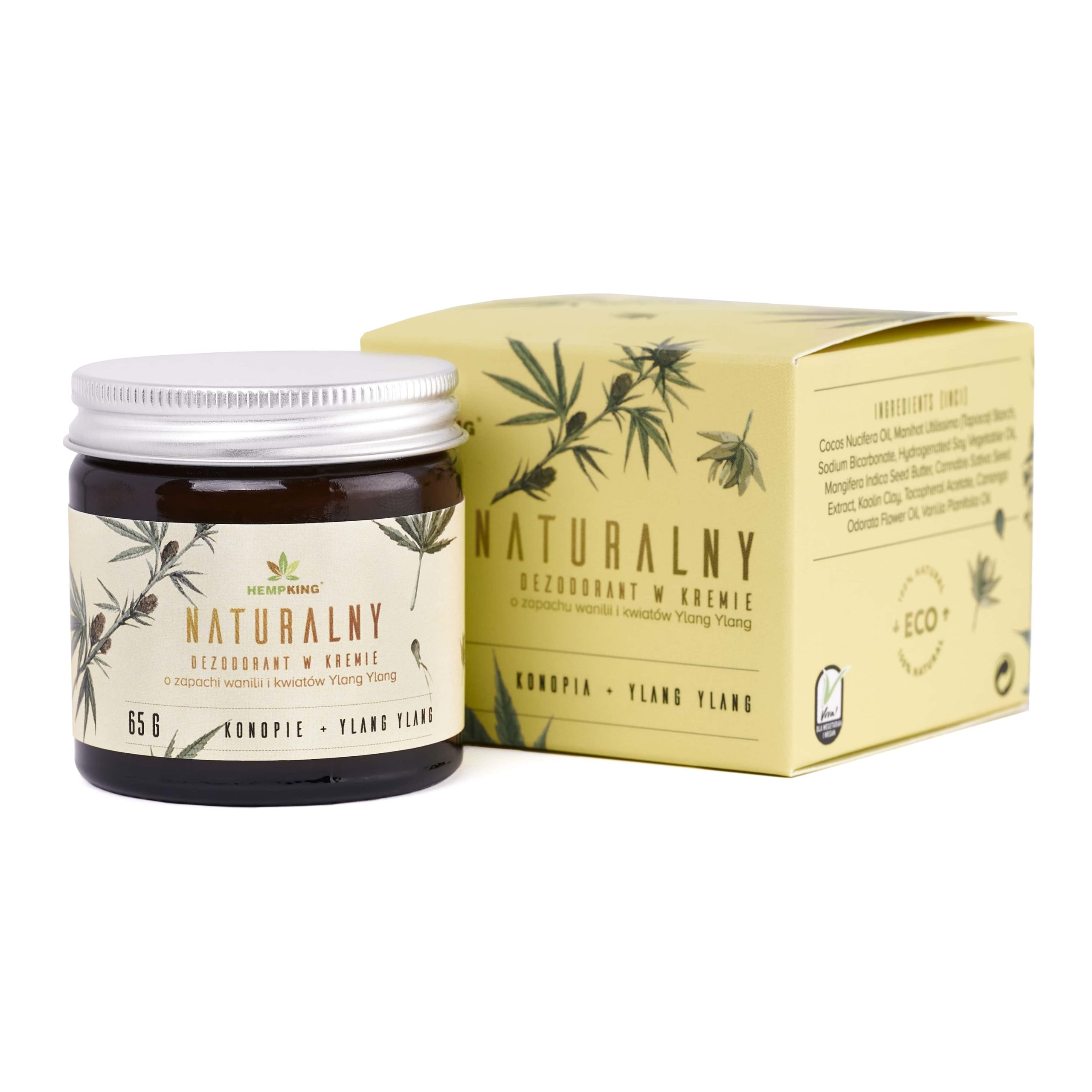
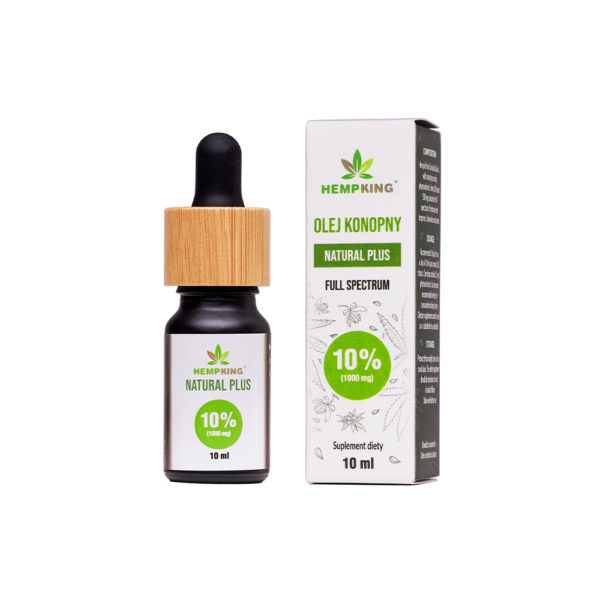

 Facebook
Facebook Instagram
Instagram

Leave a Reply